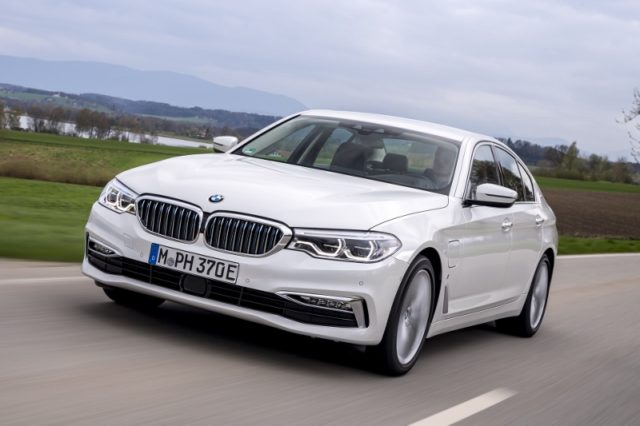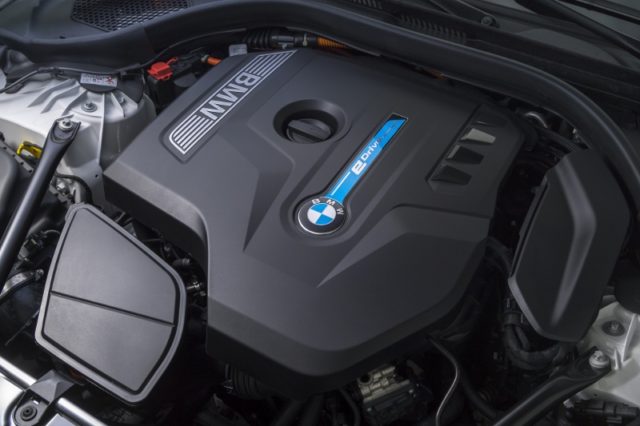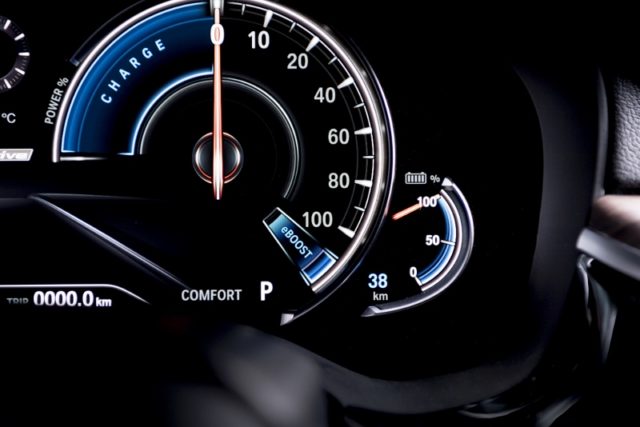First Drive: BMW 530e iPerformance
It’s no niche car, but the 5 Series plug-in hybrid isn’t quite mainstream either, explains Alex Grant.
It has every reason to be confident. The ActiveHybrid 5 – a six-cylinder, high-performance hybrid – never really found its place alongside BMW’s equally appealing, more fuel-efficient diesel alternatives in Europe. But the 530e’s tax-efficient 44g/km CO2 emissions and pricing to match similarly quick diesel versions are likely to make this indirect successor a very different story. Especially as it only has the E-Class and S90 as direct competitors. Though, arguably, with no Touring version, the larger plug-in hybrid SUV class is also a threat.
The drivetrain is shared with the 330e – the same 184hp 2.0-litre turbocharged petrol engine you’d find in a 520i, augmented by a 113hp electric motor. But, unlike the ActiveHybrid 5, this also has a 9.2kWh mains-rechargeable battery, in turn meaning it can travel around 50km on electricity, including at motorway speeds. However, 30-40km is more realistic, depending on weather conditions.
This gives it the muscle of the six-cylinder executive cars of 20 years ago; the combined 252hp and instant electric motor torque delivering blistering straight-line pace when needed, and a surprisingly appealing soundtrack too. But the 530e will also switch seamlessly to electric power, gliding along silently when battery charge and/or conditions allow. As long as there’s some electric range left, it takes a heavy press of the throttle to get the petrol engine to kick in.
Also shared with other BMW plug-in hybrids is the technology to back it up; navigation which works with the hybrid system to pre-plan regenerative braking and motor assistance, based on the topography of the route, and driving modes to prioritise or conserve battery power. These are offered on top of the usual Sport and Eco Pro modes found in the rest of the 5 Series range, so the 530e can be tailored to suit whatever roads lie ahead.
Packaging is better than in the ActiveHybrid 5, albeit not without compromise. The battery is under the boot floor, rather than upright behind the back seats, which means the rear bench can fold. However, there’s around a fifth less boot space than in a petrol or diesel 5 Series, and the fuel tank is around the same size as you’d get in a MINI hatch. It can cover long distances, but not without regular fuel and charge stops.
And that’s the drawback. The 530e is a step forward, but in a segment where long distances are the norm, it’s still too reliant on petrol power to be a diesel alternative – particularly when even the 530d consumes 4.5l/100km. A part-electric Five is no longer a niche seller but, without a longer EV range, the real-world use case is a rare one.What We Think
Improvements to battery technology which would make this more of a range-extended electric car would result in something better suited to traditional executive saloon usage.
For more of the latest industry news click here.













